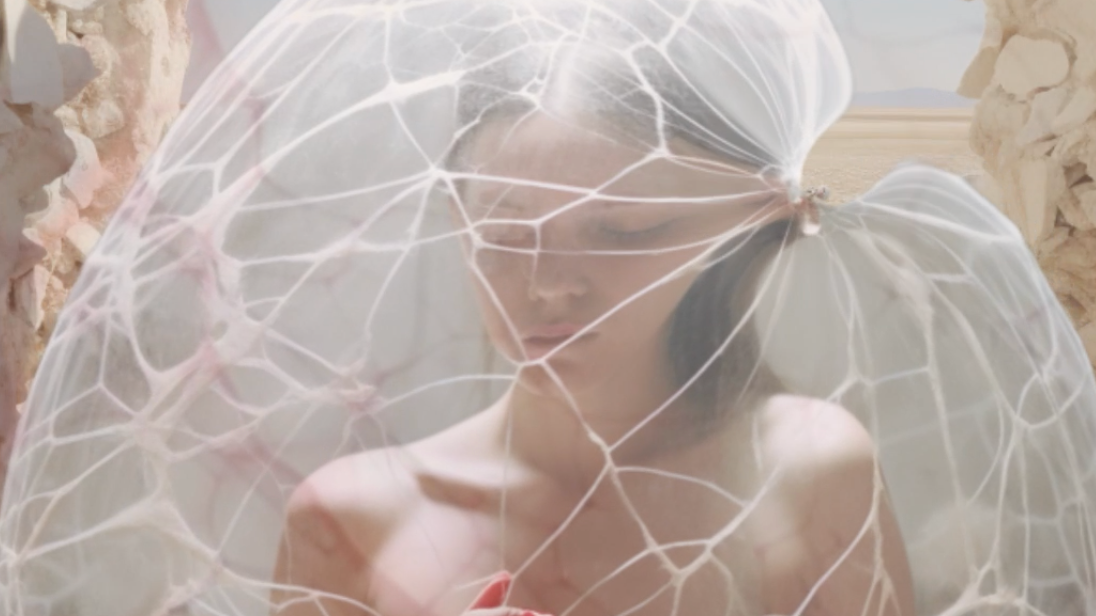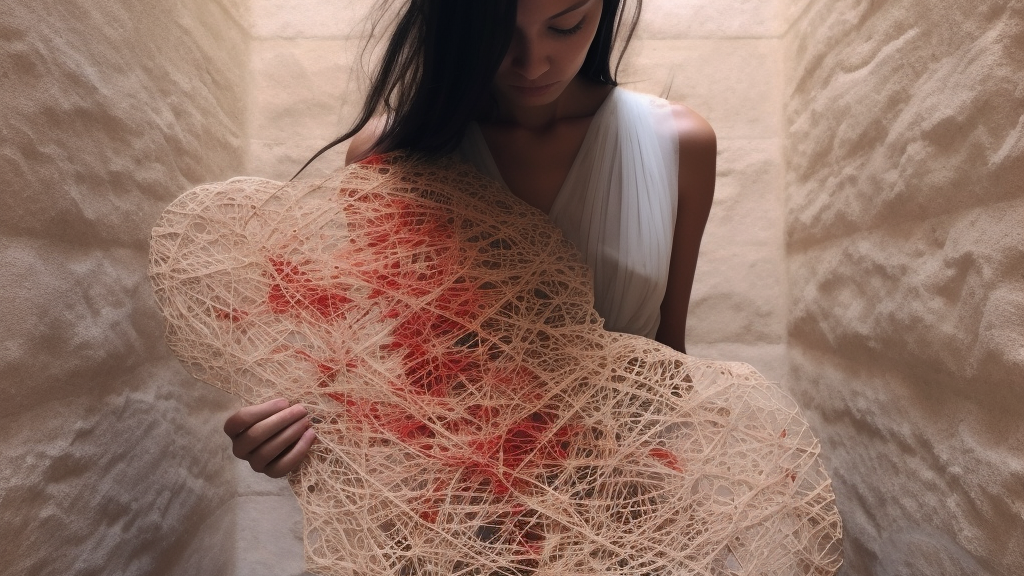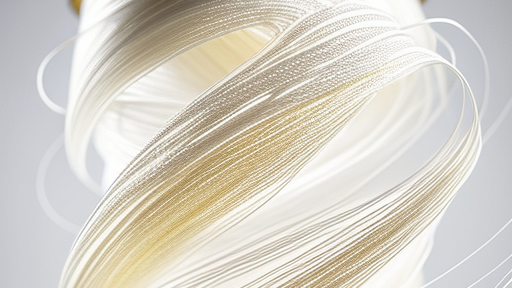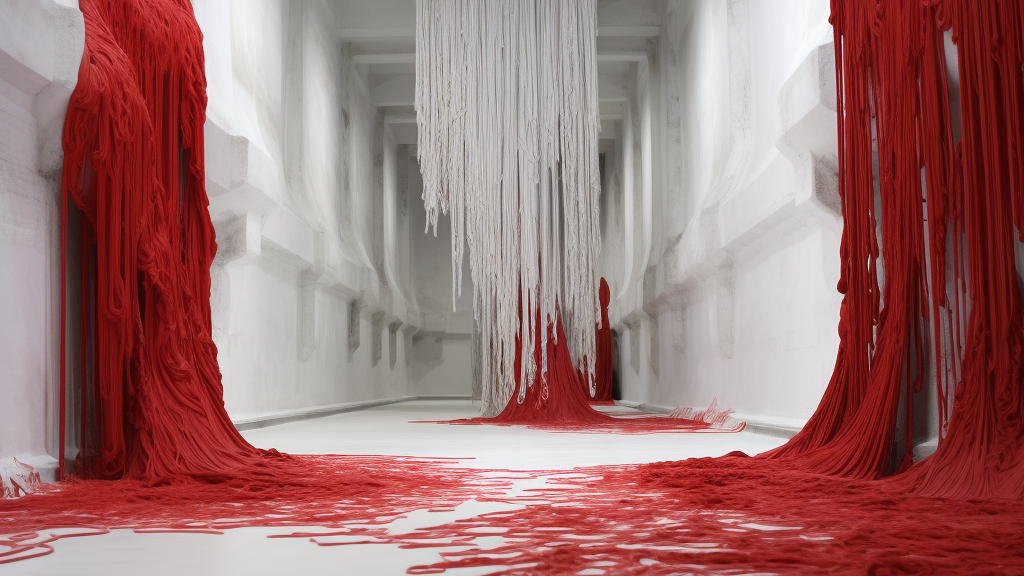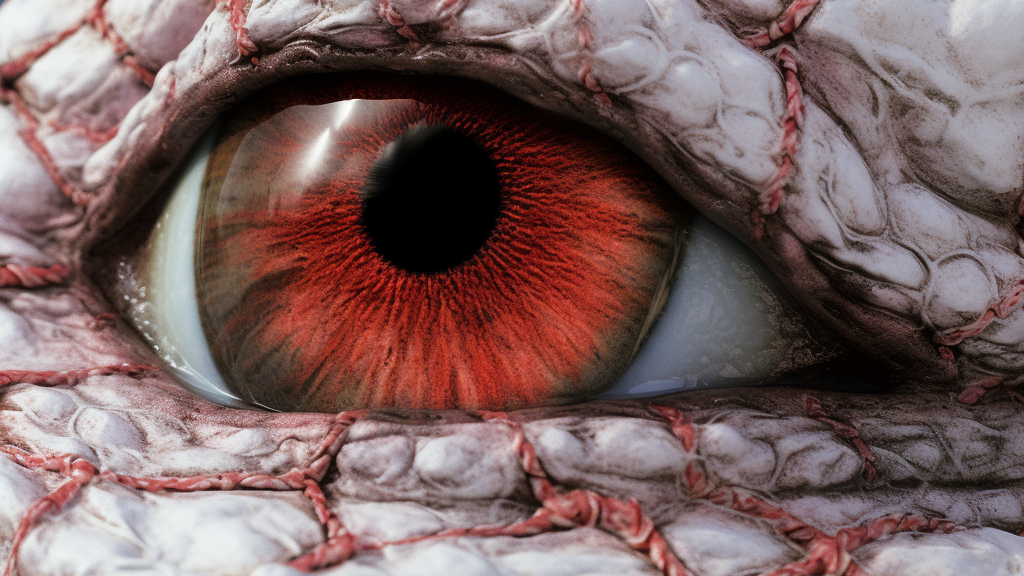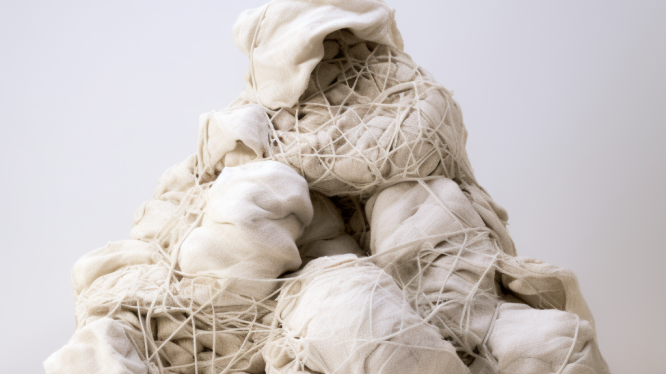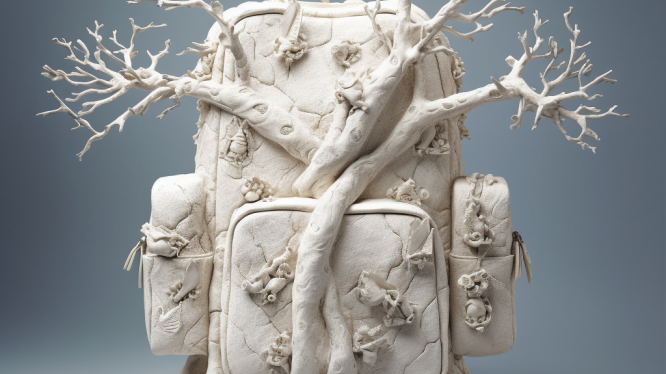FEEDback
My work aims to explore trauma and its far-reaching effects. Trauma, in this context, refers to events that disrupt the nervous system and have profound consequences for both social dynamics and the environment. Dr. Bessel Van Der Kolk, a psychiatrist, has been pivotal in my research. Drawing on Darwin's initial studies, he delves into the parallels between human and animal behaviors, shedding light on our shared somatic expressions. When an organism is locked in survival mode, it expends its energy fighting invisible foes. A traumatized mind loses its sense of time, trapped in a perpetual cycle of alertness and defense. Consequently, there's little room for nourishment, care, or love. Both humans and animals suffer, as their minds become ensnared in a defensive stance against imagined threats, jeopardizing their closest bonds and diminishing their capacity for imagination, planning, play, learning, and attending to others' needs. This disruption in rhythm impacts the natural flow of living beings and their survival. It begins during gestation and the early years of life, where the rhythmic interaction between caregiver and infant lays the foundation for a harmonious development. As we contemplate the urban landscape post-COVID, with skyscrapers once symbols of progress now seemingly suffocating, our yearning for nature grows. Stone, once overlooked, is experiencing a resurgence in architecture and design, perhaps signifying a newfound appreciation for the imperfections of natural forms. In fashion, do we detect a trend towards natural forms and materials? Are these shifts indicative of a broader need to reorganize our social, architectural, and political structures? One prominent feedback loop of the last decade is the realization that humans cannot dominate nature. We must learn to coexist with the planet, adopting a 'give and take' approach for our survival. To foster positive shifts in communal perceptions, I propose leveraging art, particularly potent mediums like music, yoga, or communal activities. In my own work, I celebrate the transformative power of yarn, crafting textiles that symbolize resilience and acceptance. Mineral structures welcome natural feedback (air, water, fire, earth) with renewed beauty. In the FEEDBACK project, I see an opportunity to experiment with the application of EMDR (Eye Movement Desensitization and Reprocessing) in art. Three video works, each exploring a phase of trauma processing following PTSD experiences, aim to induce relaxation and introspection in the viewer through movement and three-dimensional modular wave structures. These works could facilitate the reprocessing of traumatic experiences and foster a deeper connection with the present world. They also provide an avenue to examine how genetic memories influence individual perception and experience, ultimately liberating patients from inherited negative influences.



